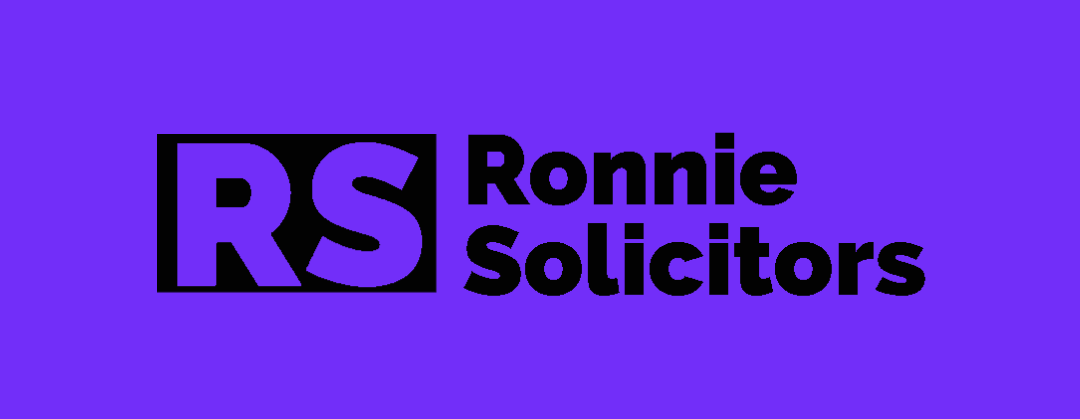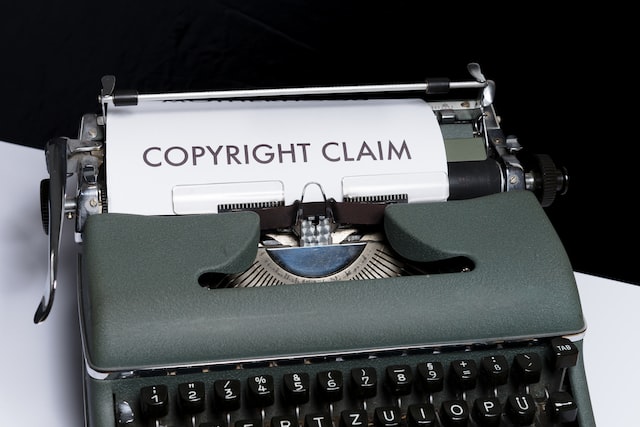Intellectual property (IP) is a valuable commodity, and protecting it is essential to ensure that businesses and individuals reap the full benefits of their creativity and hard work. In the UK, there are a number of measures in place to protect IP, including copyright law, trademarks and patents.
This article, the team at Crestlegal.com will provide an overview of how each of these systems works, and explain how you can go about protecting your own intellectual property.
What is it?
Intellectual property is a term used to describe the legal protection of ideas and creations. This includes things like inventions, designs, trademarks, and copyrights. The owner of intellectual property has the exclusive right to use and sell their creation, and this protection is granted by law.
This means that you need permission from the owner before you can make copies or use someone else’s work. Intellectual property is not limited to physical objects; it can also apply to ideas, such as software, code, and business methods. Therefore, it is important to be aware of intellectual property rights when using or creating new ideas.
What constitutes intellectual property?
When people think of intellectual property, they often think of inventions or artistic works. However, intellectual property can also include things like business methods, software code, and even scientific research. In order to be considered intellectual property, an asset must meet certain criteria.
First, the asset must be original and capable of providing some economic benefit. Additionally, the owner of the intellectual property must be able to control how it is used and distributed. Finally, there must be some way to enforce the ownership rights, such as through copyright or patent law. By meeting these criteria, an asset can be considered intellectual property and afforded certain legal protections.
Intellectual property can be a very valuable asset, so it is important to understand how it can be owned. The most obvious way to own intellectual property is to be the inventor or creator. If you come up with a new invention or create a work of art, you will typically have sole ownership rights.
However, intellectual property may also be co-owned by more than one individual. For example, if two people jointly develop a new invention, they will typically share ownership rights.
Similarly, if a work of art is created by two people, they may choose to share ownership rights. Additionally, intellectual property can belong to a business or group of people.
For example, many companies own patents and trademarks. Finally, intellectual property can be sold or transferred. For example, an inventor may sell the patent for their invention to another company. In summary, there are many different ways that intellectual property can be owned.
How to own intellectual property
Intellectual property can be a very valuable asset, so it is important to understand how it can be owned. The most obvious way to own intellectual property is to be the inventor or creator.
If you come up with a new invention or create a work of art, you will typically have sole ownership rights. However, intellectual property may also be co-owned by more than one individual. For example, if two people jointly develop a new invention, they will typically share ownership rights.
Similarly, if a work of art is created by two people, they may choose to share ownership rights. Additionally, intellectual property can belong to a business or group of people. For example, many companies own patents and trademarks. Finally, intellectual property can be sold or transferred. For example, an inventor may sell the patent for their invention to another company. In summary, there are many different ways that intellectual property can be owned.
Types of intellectual property explained
If you have an invention, a design, or a brand, you want to be sure that no one can copy or steal it without your permission. This is where intellectual property protection comes in. There are several different types of intellectual property protection, each with its own strengths and weaknesses.
Automatic protection covers things like copyrighted works – as soon as you create something, it’s automatically protected. Patents provide a more formal form of protection for inventions, giving the owner exclusive rights to make, use, or sell the invention for a limited time.
Designs can also be protected by patents or by a separate design registration system. Trademarks protect things like logos and brand names, preventing others from using them without permission. Sometimes multiple forms of protection are used to give the fullest possible coverage. By understanding the different types of intellectual property protection and how they work, you can better safeguard your own creations.
Automatic
Automatic IP protection is a type of legal protection that does not require the creator to register their work in order to be eligible for copyright infringement claims. This type of protection is most commonly used for works such as websites, databases, and software.
Automatic IP protection is also useful for those who wish to trademark their work, as it can help to prevent others from using a similar name or design. While automatic protection does not offer the same level of legal protection as registered trademarks or copyrights, it can still help to deter others from infringing on your work.
In addition, automatic IP protection can be a valuable tool for those who wish to protect their work from piracy or plagiarism. Copyright law alone may not be enough to deter these activities, but automatic IP protection can help to create a barrier against them. Automatic IP protection is an important tool for creators of all types of work, and it can be a valuable asset in the fight against intellectual property theft.
Trademarks
A trademark is a sign that distinguish your goods or services from other people’s goods or services. It can be a name, phrase, logo, image, sound or smell. You can use it on its own or in combination with other elements. You can apply for a trademark by filling in an online form at the UK Intellectual Property Office. The process takes about four months.
In the meantime, you can use other forms of protection such as trade dress and service marks. However, you should be aware that trademarks do not always last forever. Trademarks must be renewed after every 10 years. You are allowed to renew the trademark six months before or after the expiration of the 10 years.
Patents
Registering a design is a way of protecting your creative work. It gives you the exclusive rights to use or allow others to use your design for up to 25 years. If someone uses your registered design without your permission, you can take legal action against them.
To register your design, it must be new and not already been made available to the public. You will need to show that you have an original idea that has particular characteristics/features or patterns of decoration that make it different from any other design.
The design must not be about how a product works as this would call for a patent instead. Your design should also not use any protected emblems or flags. Registering your design is quick and easy to do online. Once registered, you will have peace of mind knowing that your work is protected. Copyright law does not protect designs so it is important that you register your work if you want to stop others from copying it.
Trade secrets
Most people are familiar with the concept of intellectual property, which refers to creations of the mind that are protected by law. This can include inventions, literary and artistic works, and designs. What many people may not be aware of is that trade secrets are also protected by law.
A trade secret is usually classified as confidential information, such as a formula or recipe developed to create commercially valuable products. However, it can also be business strategies and plans, research data not yet made public, or any other valuable information that would cause harm if it became publicly known before the organisation was ready for this to happen.
Generally, a trade secret needs to satisfy three conditions: it is secret; the owner of this information has taken reasonable steps to protect it; and there is commercial value in keeping that information confidential. If all of these conditions are met, then the trade secret will be legally protected from disclosure. This means that if someone were to disclose the trade secret without permission, they could be liable for damages.

